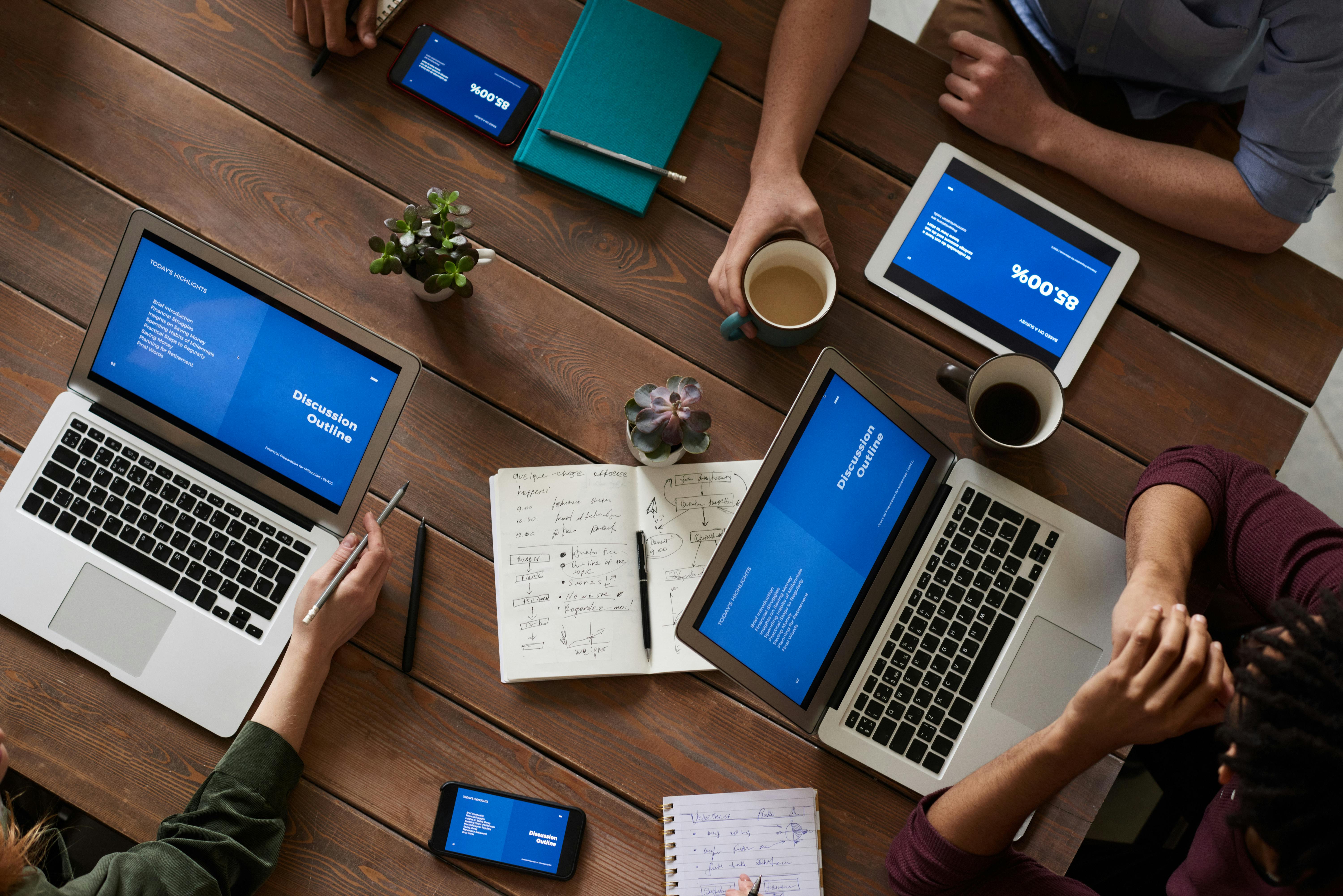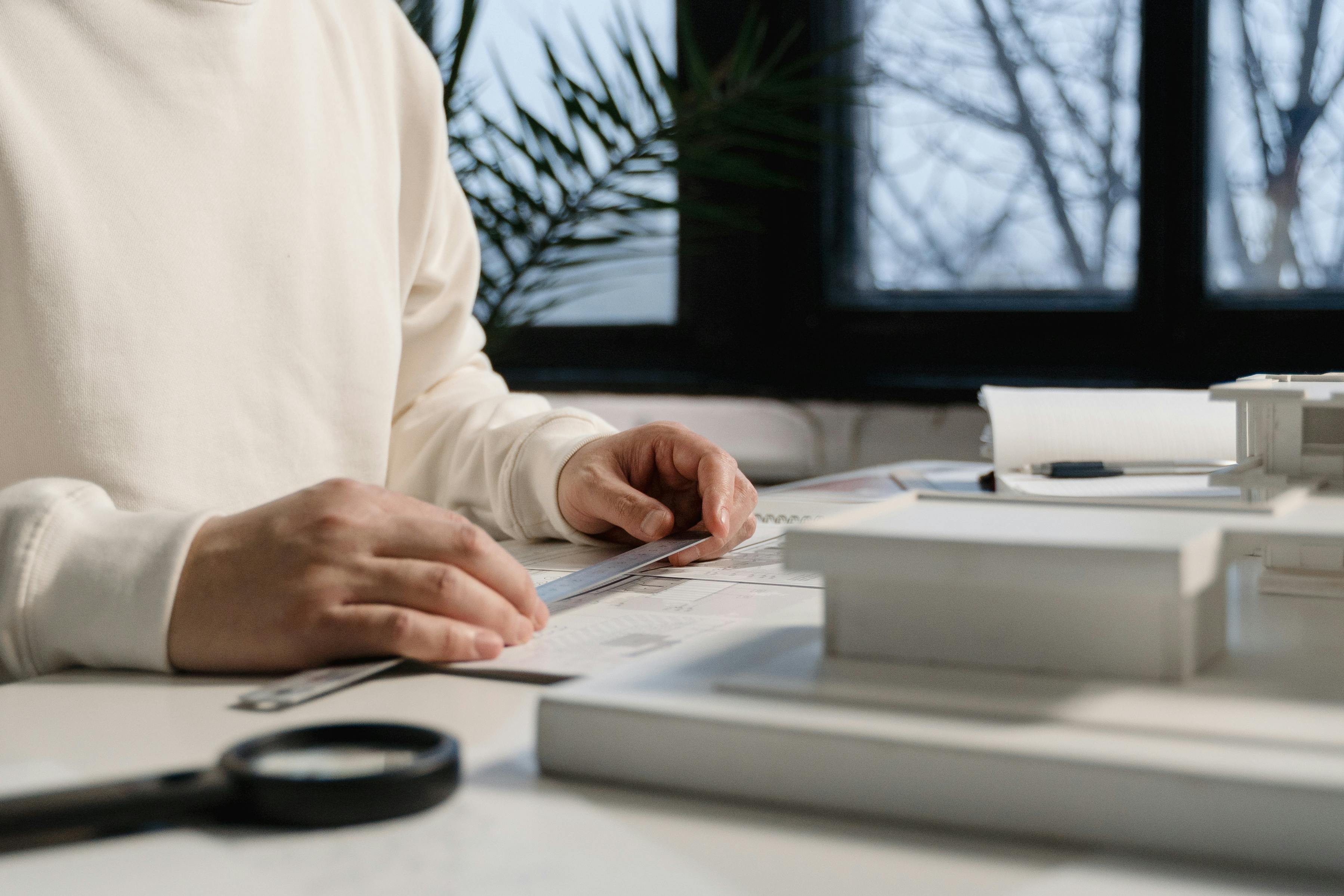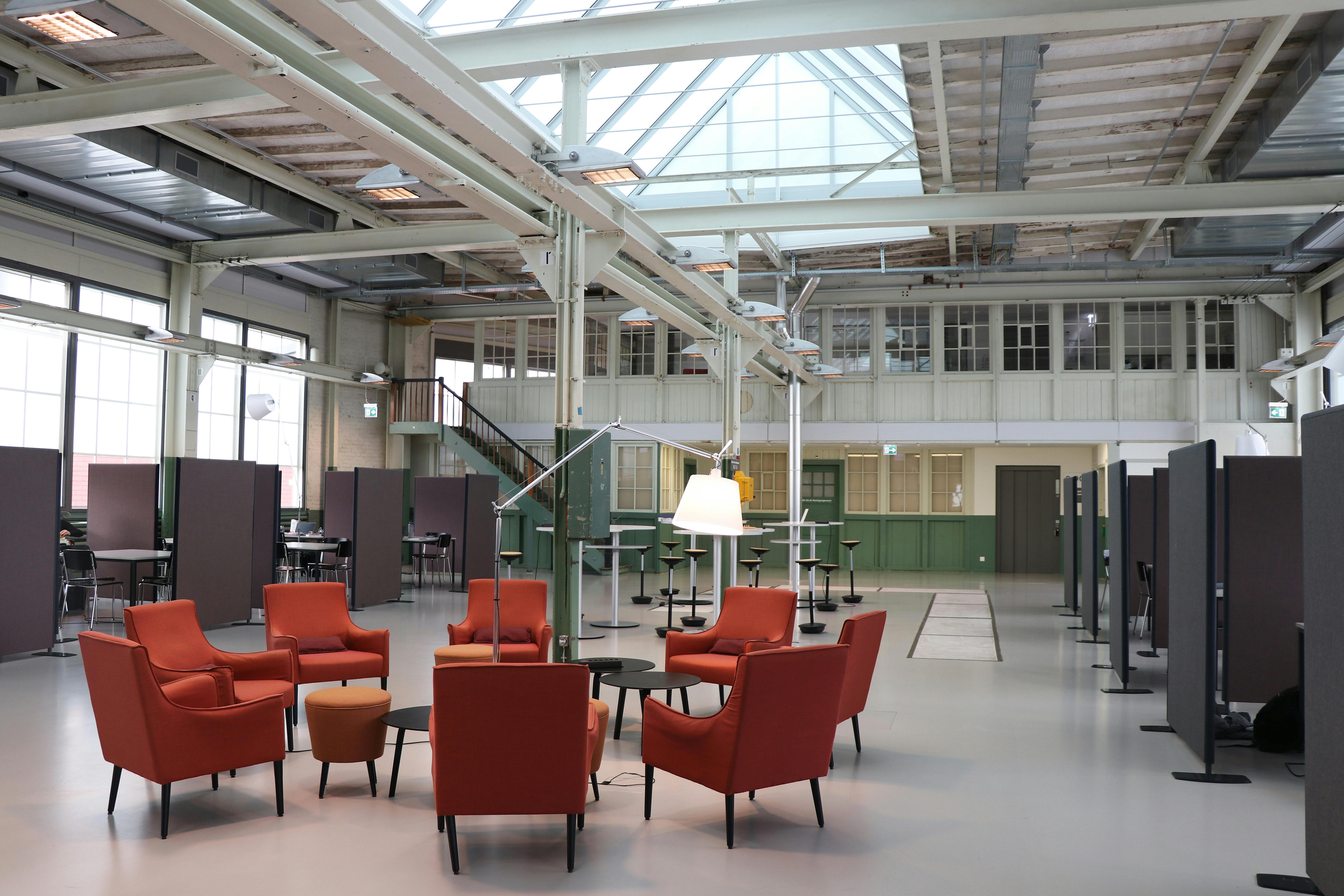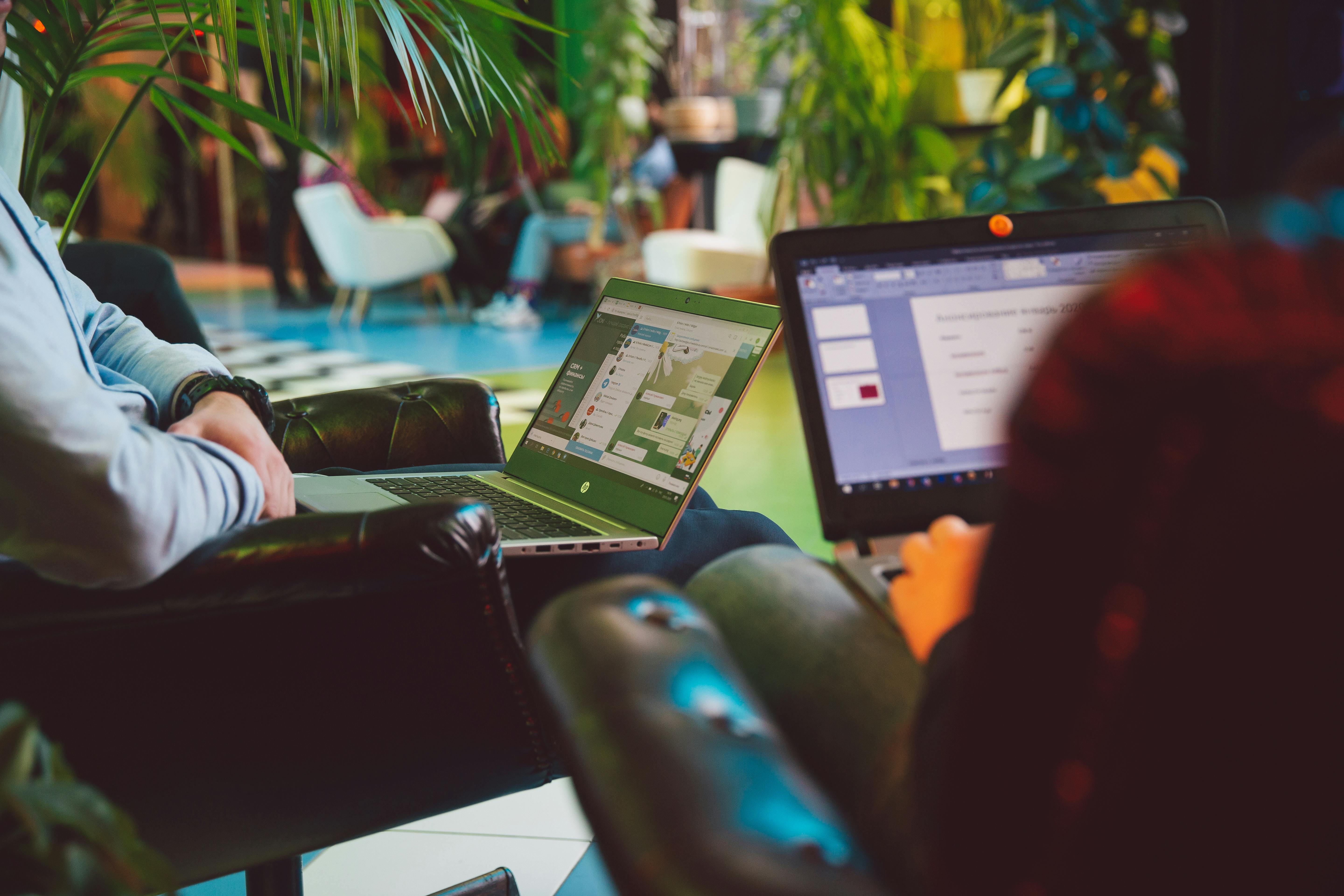The world of work has become more dynamic than ever before and India is catching the same train. Workplace model now is no longer about where you sit at the office between 9 and 5. It is an inorganic blend of adaptability, incredible design, and human-centered approach. Chances are you are already feeling some manifestation of this change should you be an office employee or workmate. And so, how about we take a closer look at what this new work model will entail; hybrid work models, contemporary small office interior design.

What is a Workplace Model?
A workplace model is the manner in which an organization organizes work spatially and functionally. It specifies when and where people are employed, how groups interact and how offices are planned. Conventional models were constricted: allocated tables, weekly 5-working days, fixed hours. Nowadays, we experience a range of variations with full remote, hybrid, flexible, and distributed arrangements.
In India, particularly the metro cities, such as Bangalore, Mumbai, Delhi, Chennai, and Hyderabad, the work of businesses is transiting to hybrid modes. As per an India report by CBRE, more than half of the urban centres employees want a hybrid solution. That is 2-3 days in the office and the rest at home.
Why the Hybrid Work Model Works
The hybrid work mode provides flexibility and collaboration simultaneously. You inherit the benefits of being able to work at home and enjoy its focus and comfort combined with the social vibe of the office. Advantages to employees include shorter commutes resulting in reduced commute stress, increased personal time and commute work-life alignments. To businesses, it leads to improved productivity and protection of talent.
Indeed, employee satisfaction has grown by 2030 percent in Indian firms that considered hybrid models. It also saves on real estate as it would mean a smaller number of employees going to work each day.
Interior Design That Supports Modern Work
Office interiors are also changing as there are reshaped working patterns. Welcome to modern little office interior design and modern office interior design. The offices of the present time are not only about desks and chairs. They are related to the development of the environments that encourage cooperation, concentration, and health.
In India, where space is often at a premium, companies are rethinking layouts to make even small offices impactful. Here are a few trends:
- Multi-use furniture: Modular furniture, comprising desks capable of folding up, movable partitions and so on enables quick change of space.
- Natural elements: Plants, sunlight, earthy colours, biophilic design is scientifically shown to relieve stress and help people concentrate.
- Open lounges and huddle rooms: These are substitutes to the conventional meeting rooms to promote casual conversations.
- Local aesthetics: The local art, fabrics, or cultural references are placed in offices to create the sense of identity.
Collaboration in a Distributed Setup
One of the fears about hybrid models is losing team cohesion. But modern workplace strategies ensure collaboration doesn’t suffer:
- Anchor days bring everyone into the office on select days for face-to-face work.
- Smart tech tools like Miro, Slack, and Microsoft Teams help teams stay connected.
- Flexible scheduling allows people to choose when they work best some start early, others log in late.
Offices are also being redesigned to act as centres of interconnection and not where people sit and work.
The Future of Work is Here
Work at its future is not only a matter of place but also a matter of purpose. It is about systems in which individuals work smarter, feel good and remain engaged. The offices will remain necessary, yet the point of their existence will be shifted. They are turning into workplaces of collaboration, creativity, and culture.
In India, where technology, design and cultural sensitivities collide we are also witnessing some of the most thrilling changes. Smaller firms are installing spacious, aesthetically pleasant places that are less like offices, and more like a studio or cafe.
Conclusion: A New Workplace Model for a New Era
The contemporary workplace framework is a combination of human-centred office design with hybrid approach. Whether as an employee in a startup in Bangalore or a freelancer in a co-working space in Jaipur, chances are that you are already a part of it. Adopting flexi-time, committing in intelligent interiors, and creating adaptable working cultures are no longer optional extras they are the realities. The future is not arriving. It has already arrived.
.svg)
.png)





